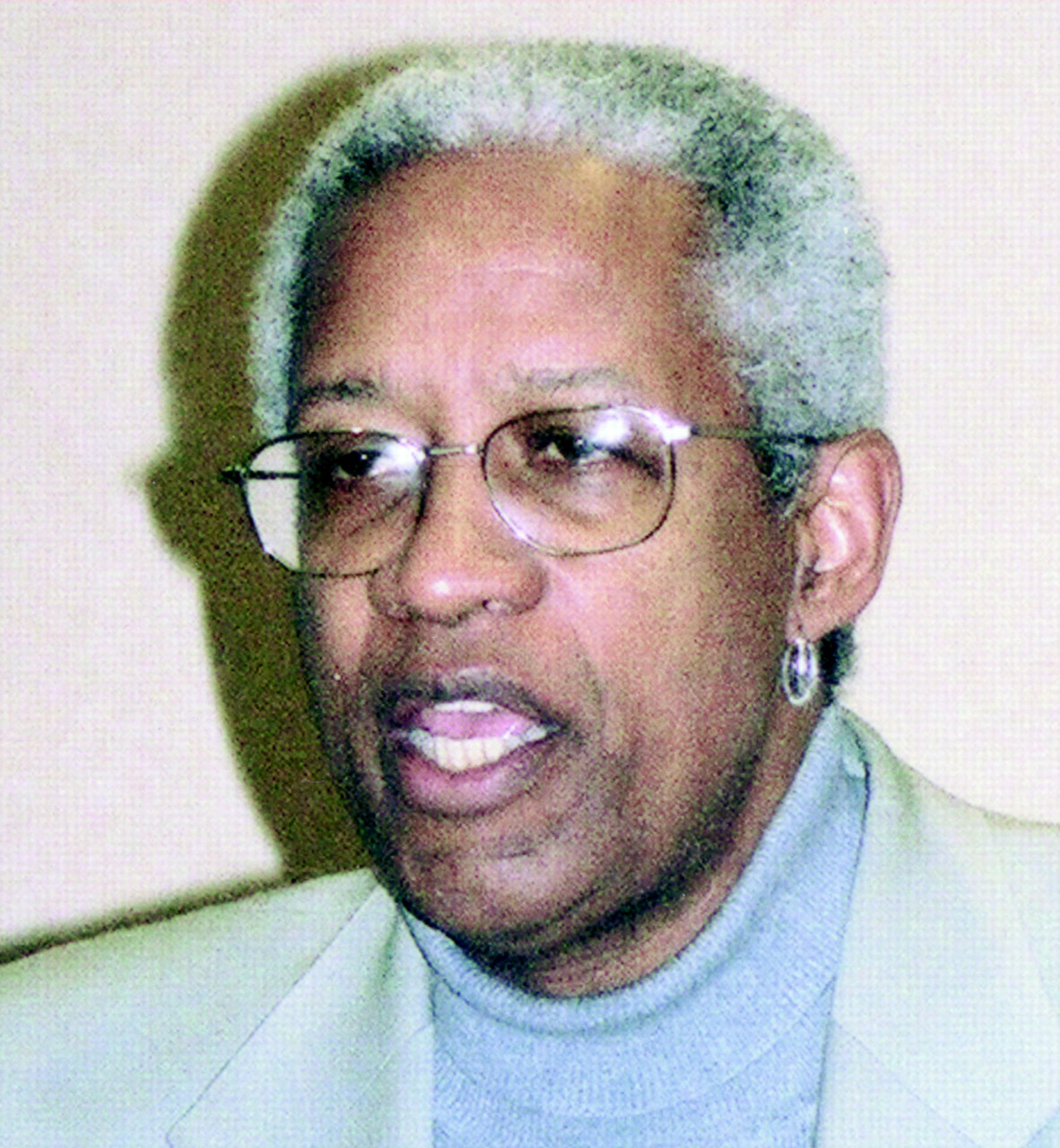HIV at Crisis Proportions In Urban, Black America

Robert Fullilove, Ed.D.: “We are creating a reservoir for HIV in our prisons.”
Fullilove, associate dean for community and minority affairs at Columbia University’s Mailman School of Public Health in New York, pointed out that mental health problems, particularly substance abuse, are inextricably linked to the growing HIV crisis among African Americans.
With 58 percent of new HIV cases appearing among urban African Americans, a figure expected to jump to 65 percent by next year, “we’re looking at something unexpected, and perhaps unprecedented—a neighborhood epidemic,” Fullilove said at the annual meeting of the Black Psychiatrists of America in Atlanta in March.
And substance abuse extends its tentacles into several aspects of the HIV epidemic in black communities, he noted. It’s not news, of course, that substance abuse is at the root of a substantial—and growing—proportion of AIDS cases, but Fullilove said that for African Americans, the fact that substance abuse is linked with law-enforcement strategies is believed to have led to an increase in HIV infection, particularly in several large cities such as New York.
Shooting galleries—squalid, often-abandoned apartments or buildings where addicts go to use the drugs they purchase on the street—are largely responsible for the dramatic spread of HIV in New York, he pointed out. They sprang up largely in response to the police force’s practice of “profiling” in low-income, minority neighborhoods. The police routinely stop and frisk African Americans and Latinos to search for drug paraphernalia they assumed these individuals were likely to have.
The consequence of this practice, Fullilove stated, is that minority drug users find places where they can inject their drugs soon after buying them without becoming targets of police searches. These addicts, being poor people for the most part, routinely save money for additional drug buys by pooling funds to purchase one needle and then sharing it. Thus, the ingredients for a major public health crisis are all in place, and the inevitable has happened, and more so in New York than in any other U.S. city, he said.
A troubling tandem trend over the last two decades is the “staggering percentage” of African Americans who are sent to the nation’s prisons, a substantial percentage of whom are incarcerated for drug offenses, said Fullilove. On any given day in the U.S., about 33 percent of the black men are in prisons, on parole, or under court supervision, he pointed out, “and in some neighborhoods the figure approaches 70 percent.”
In New York City, the seven neighborhoods with the highest HIV seroprevalence rates account for about 75 percent of the state’s prison population, he pointed out.
 And prisons are certainly not a healthy environment for trying to confront and reverse a serious public health crisis, he emphasized. It’s preposterous to fight a public health crisis through the criminal justice system, but that’s the strategy to which New York and the rest of the country has resorted, he said. “It’s not hard to imagine the public-health disaster that is being created.”
And prisons are certainly not a healthy environment for trying to confront and reverse a serious public health crisis, he emphasized. It’s preposterous to fight a public health crisis through the criminal justice system, but that’s the strategy to which New York and the rest of the country has resorted, he said. “It’s not hard to imagine the public-health disaster that is being created.”
If an injection-drug user from one of the seven New York neighborhoods with high HIV prevalence managed to escape exposure to the virus in the community, “there is a tremendous likelihood that he will be exposed to it in prison” through the drug use and rape of male inmates that are rampant in U.S. prisons, he stated.
These factors, reflected in a 35 percent rate of HIV infection in New York prisons, spotlights why this expectation that the epidemic can be controlled through the justice system is futile from a public-health viewpoint.
It is just a matter of time before these imprisoned men return to their communities, resume their relationships with girlfriends, wives, or male lovers, and spread HIV even deeper into their community, he suggested.
“We are creating a reservoir for HIV in our prisons,” Fullilove stressed, and don’t seem to care that by turning a blind eye, the system is putting much of the rest of the population at risk for infection.
What little substance-abuse treatment this population receives is far from adequate, he noted. Prison staff, including health care personnel, ignore or don’t realize that “a tremendous amount of comorbidity is involved in substance abuse,” with many addicts qualifying for diagnoses of PTSD or depression, he said. If these problems continue to go unaddressed, there is little chance that the vicious cycle of substance abuse, sexual risk taking, and HIV infection devastating urban, black Americans can be halted.
Especially disturbing, Fullilove stated, is that “we still don’t know how to mobilize these [African-American] communities to understand the serious risk they’re under.”
“Black psychiatrists,” he concluded, “have a significant role to play in figuring out where we go, what we do, and how we do it.” ▪



